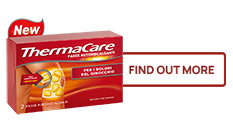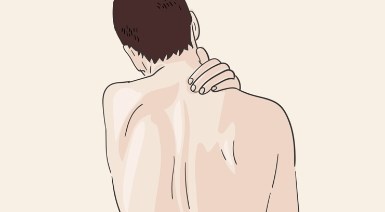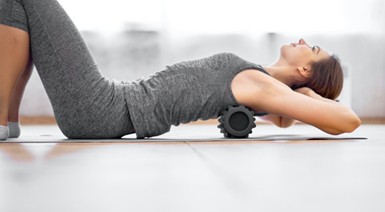Exercises to relieve neck pain

Contents:
Why do exercises help with neck pain?
Our everyday life is characterized by sedentary activities. Think about this: of the 24 hours we have in a day, we usually spend 5 to 7 sleeping, 8 to 10 working at the office, 2 to 3 traveling from home to office and viceversa, 2 to 3 eating. We have only 2 to 3 hours left, do we use them to make exercise? Is it enough? Sedentary lifestyle is the main issue, and leads to neck pain. It’s not a matter of bad posture, our body is made for movement, we have to create a daily exercise routine to improve an active lifestyle in order to treat or prevent neck pain.
Here we introduce you to a few simple but highly effective exercises with which you can stretch, loosen and strengthen neck and shoulder muscles. You can do them anywhere when needed, at home, in the office, or on the go. These exercises have both pain-relieving and preventive effects on acute and chronic neck tension and are therefore an effective therapy for tension-related neck pain.
If you want to intensify the effect of the exercises even more, we recommend that you use ThermaCare® HeatWrap for neck and shoulders after training. You can also use them during the exercise session.
Caution: If the symptoms do not improve or even worsen after a few days of regular exercise, please consult a doctor.
-
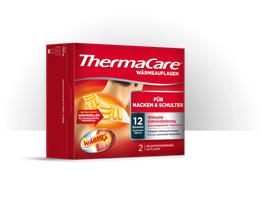
THERMACARE® For neck and shoulder and wrist
for the treatment of neck, shoulder and wrist pain
Exercise program for neck pain
Here are some tips for a good exercise routine:
- Short regular training (e.g. 15 min. daily) of the neck muscles is better than training for several hours once a week.
- Please adhere to the stretching times. The connective tissue, which consists of fascia, only begins to give way when it is stretched for at least 30 seconds. Stretching time is set at one to two and a half minutes so that the fascia in the neck area can really stretch.
- Make sure of the correct intensity of exercise. Feeling a little bit of pain while stretching is normal, it has not to be unbearable. You have to test the intensity of the exercise on your skin. It is best to exercise at a point where you not only feel slight tension, but also clearly a stretching pain in the neck and shoulders that you can just bear. You can help yourself breathing calmly during the stretching exercise.
- Do each exercise for neck pain in a controlled manner: Move slowly and consciously and make sure you get into the positions described precisely.
In the case of muscle pain after neck training (so-called “initial aggravation”), we recommend applying heat to ensure rapid regeneration of the neck and shoulder muscles. Here you will find further important information and practical tips on heat therapy for back and neck pain:
Caution: In the event of injuries, inflammation or herniated discs, we recommend you to be visited by a doctor who will determine if your body is ready for these exercises. If you experience acute pain or other side effects when trying these exercises, you should stop immediately and seek medical care.
What exercises help with neck pain?
For tension-related neck pain, exercises that loosen, stretch and strengthen the neck muscles help. When done regularly, the right exercises can also help prevent neck pain. In combination with local heat, the exercises can be even more effective on the neck area and relieve muscle tension.
EXERCISE 1
Atlas vertebrae
The following exercise is a quick stretching exercise for neck pain. It relaxes the muscles around the atlas vertebrae, stretches the chest muscles and relieves neck tension. The more regularly it is done, the better the neck will be.
- Display step-by-step instructions
-
Step 1: Sit on your heels or on a chair. Bend your right arm. With your left hand, grasp the upper back corner of the head (above the right ear) and slowly pull your head as far as possible at a 45-degree angle to the left, in the direction of the left elbow. Keep your back straight and pull your right shoulder down towards your right hip as much as possible.
Step 2: Tense your head against the holding left hand backwards and upwards in the opposite direction. Stretch intensely for two minutes. Release slowly the tension again.
Step 3: Release the left hand. Try again with all your strength to bend your head towards your left elbow. Keep your back straight and pull your right shoulder down towards your right hip as much as possible.
Step 4: Repeat the exercise on the other side.
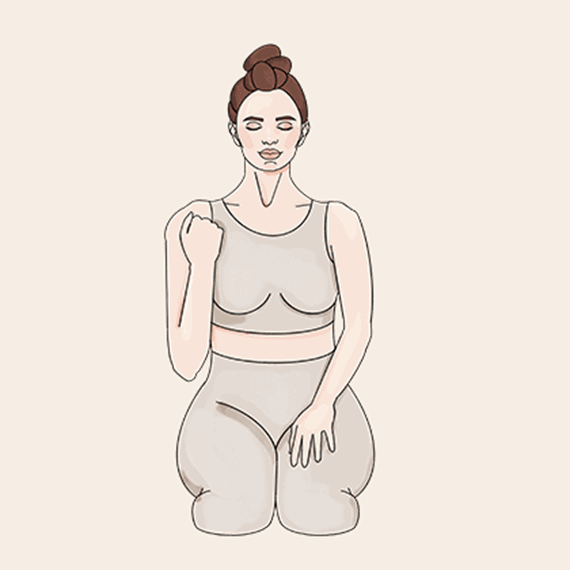
EXERCISE 2
Stiff neck
With this simple neck stretch, you can relieve tension in the straight neck muscles and do something to relieve neck pain.
- Display step-by-step instructions
-
Step 1: Grasp the back of your head with both arms. Use your arms to pull your chin as far as possible towards your chest, without losing your upright posture or pulling your shoulders up too far.
Step 2: Mantain this stretch position for two to two and a half minutes.
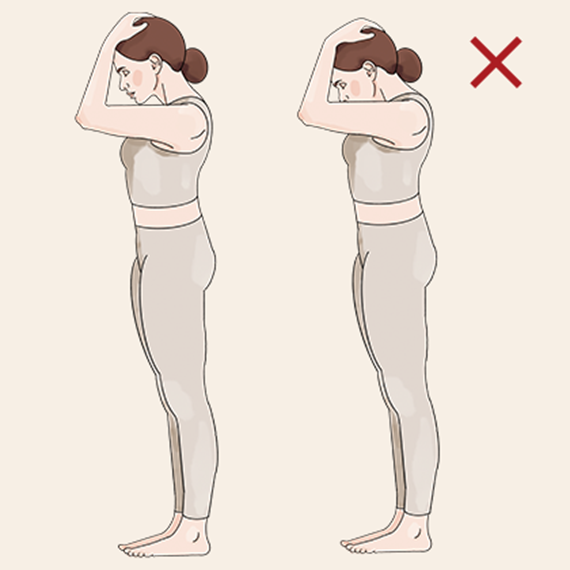
EXERCISE 3
Shoulder/arm pain
This stretching exercise will help you eliminate shoulder and neck pain.
- Display step-by-step instructions
-
Step 1: For the exercise, stand in front of a wall and place the affected arm straight with the inner part horizontal on the wall. It is important that your shoulder is in direct contact with the wall.
Step 2: Rotate away from the wall and rotate your torso as much as possible without removing your shoulder from the wall. Remain in this stretch position for about 30 seconds.
Step 3: Push your elbow and hand against the wall with all your strength for 10 seconds before releasing this tension.
Step 4: Now leave your starting position and place your arm a little higher than before, ideally at an angle between 10 and 15 degrees above the horizontal. Then turn away from the wall again and try to get a little deeper into the stretch position with each time you breathe out.
Step 5: If possible, place your arm a little higher on the wall (at a 45-degree angle). Press your shoulder against the wall and rotate again in this stretch position for half a minute.
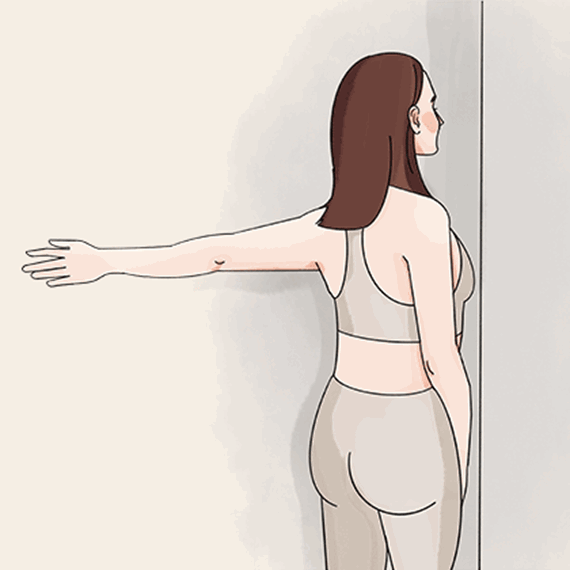
EXERCISE 4
Shoulder pain
If there is a burning sensation between the shoulder blades or if you can barely raise your arms due to shoulder and neck pain, this exercise will help.
- Display step-by-step instructions
-
Step 1: Lie on your stomach on a mat and place your left arm downwards at about 45 degrees.
Step 2: Place your right hand next to your head and turn your torso off the floor towards your left arm.
Step 3: Now rotate your trunk to the right as far as possible without taking your shoulder off the floor. Remain in this stretch position for about 30 seconds.
Step 4: If possible, repeat this exercise, placing your left arm straight up about 45 degrees.
Step 5: Repeat the exercise on the other side.
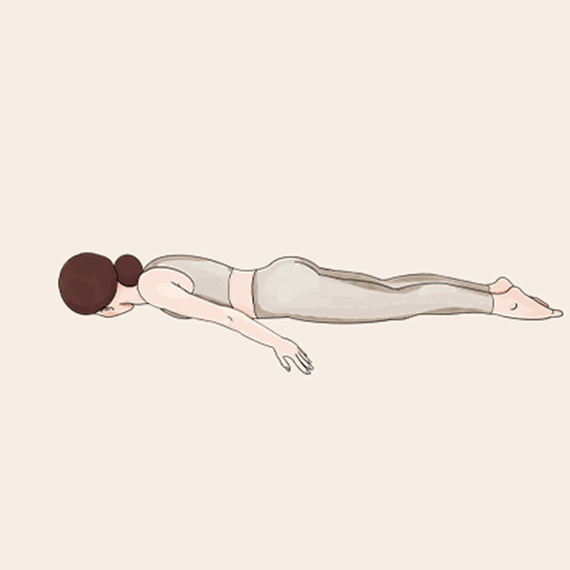
EXERCISE 5
Cervical spine syndrome
The following exercise will help with persistent neck pain.
- Display step-by-step instructions
-
Step 1: Sit upright on your heels or on a chair for the exercise. Keep your head straight and pull your chin back. Straighten your head back as far as possible and place it behind your neck. We recommend gently pushing your head back with one hand. Make sure that you do not go into the hollow back position, but rather only get your head moving.
Step 2: Grasp the back of your head with both hands. Now use your arms to pull your chin towards your chest as far as possible. Very important for an optimum result: Do this movement very slowly, just pulling your head down while keeping your back completely straight. In the shortened area around the cervical spine and neck you should now feel a strong stretch, maybe also a burning sensation. This is not a cause for concern, but rather a sign that you are counteracting the tension in exactly the right place.
Step 3: Stay in this stretch position for two to two and a half minutes.

EXERCISE 6
Fascia roll against tinnitus
In many cases functional disorders in the cervical spine area, stress and excessive muscle tension are the triggers for the permanent unpleasant tinnitus. With a fascia roll massage, you can reduce neck muscular-fascial over-tension and therefore neck pain.
- Display step-by-step instructions
-
Step 1: Take a mini fascia roll and place the roll at a 45-degree angle behind the ear on the neck.
Step 2: Now roll down your neck slowly and with a lot of pressure.
Step 3: Repeat the exercise on the other side.
By the way: If you do not have a fascia roll at hand, you can also use a massage ball.
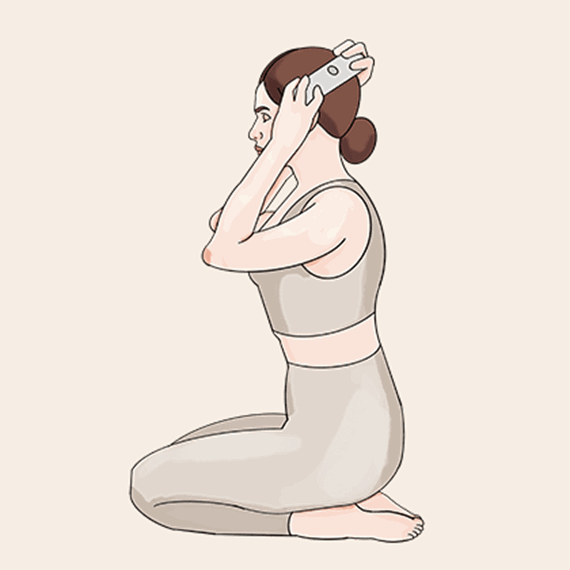
EXERCISE 7
Mobile phone neck
With this exercise upper back stiffness can be released and neck pain counteracted.
- Display step-by-step instructions
-
Step 1: Position your head straight on your neck and pull your chin back. Now stretch your head back as far as possible and put it back.
Step 2: If you feel insecure in this position, you can also support your head from behind with one hand. Stay in this stretch position for two to two and a half minutes. In doing so, keep your back completely upright.
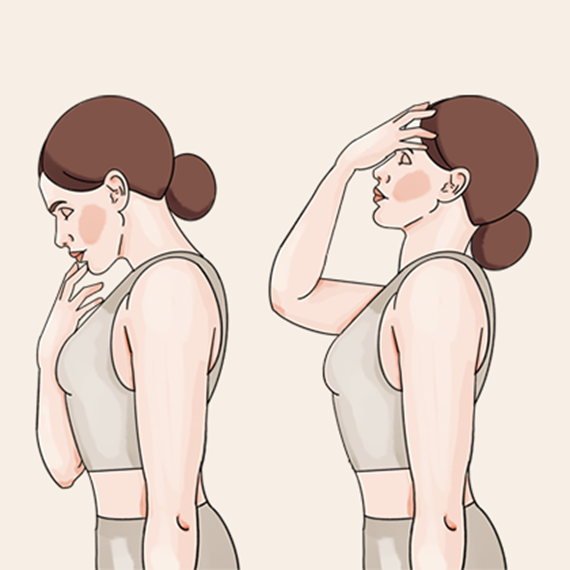
EXERCISE 8
Releasing of the rib cage
With a fascia roll massage, muscular-fascial over-tension in the neck and therefore neck pain can be reduced.
- Display step-by-step instructions
-
Step 1: Stand in a room in front of a corner, arms outstretched upwards at 10, 30 or 45 degrees, hands behind your body on the walls, elbows straight. One leg stands one step in front of the other.
Step 2: Let your sternum sink further and further forward towards the corner. Stay in this stretch position for two to two and a half minutes.

EXERCISE 9
Upper back exercises
The following exercises will bring you back into an upright, straight posture and relieve your neck tension yourself.
- Display step-by-step instructions
-
Exercise 1:
Step 1: Please stand on all fours, knees hip-width apart, thighs vertical, hands shoulder-width apart, arms straight.Step 2: Tilt your hip towards the floor and slowly let the lower abdomen come down as far as it will go. The stomach sags. The arms remain straight.
Step 3: Gradually lower this position for two to two and a half minutes. The stomach sags. The head is taken upwards.
Exercise 2:
Step 1: Assume the starting position, standing on all fours and feet, with your knees hip-width apart. The thighs are vertical or a little further towards the heels, the hands are shoulder-width apart in front of the head, the arms are stretched out.Step 2: Now let the sternum drop down and stay in the stretch position for a minute.
Step 3: Bring your hands together so that the splayed thumbs are touching and put them back out. The arms are stretched out. Now let the sternum drop down. Stay in the stretch position for two minutes.
Exercise 3:
Step 1: Assume the standing on all fours position, with your knees hip-width apart. The thighs are vertical or a little further towards the heels, the hands are shoulder-width apart in front of the head, the arms are stretched out.Step 2: Let the sternum drop down. Stay in the stretch position for two minutes.
Exercise 4:
Step 1: Lie on your back with your legs stretched out and place a medium-sized fascia roller (Medi-fascia roller) under the upper back area.Step 2: Pick the point on your back where you feel the greatest stretch and slowly lower your head, neck, and shoulders towards the floor.
Step 3: Extend your arms straight backwards and lower them down. Stay in this stretch position for at least two to two and a half minutes.
Final exercise:
Make a conscious decision to stand up straight without falling into a hollow back position. Straighten your spine and head and consciously feel into your body. Have you noticed any slight relief from your neck pain?
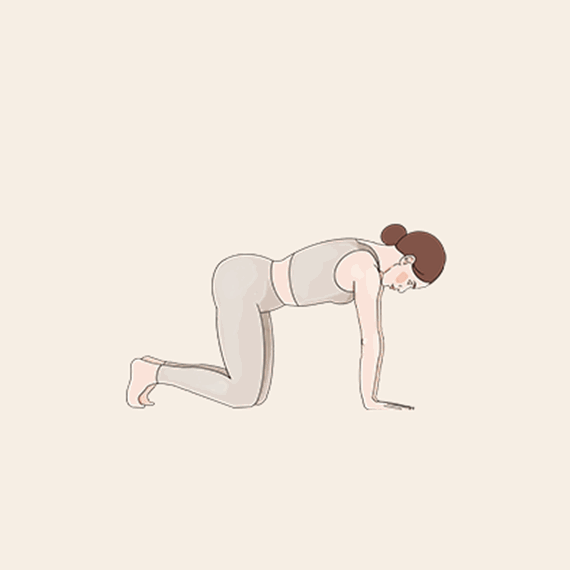
FREQUENTLY ASKED QUESTIONS
- What exercises help with neck pain?
-
For tension-related neck pain, exercises that loosen, stretch, and strengthen the neck muscles help. When done regularly, the right exercises can also help prevent neck pain. In combination with local heat, the exercises can be even more effective on the neck area and relieve muscle tension.
